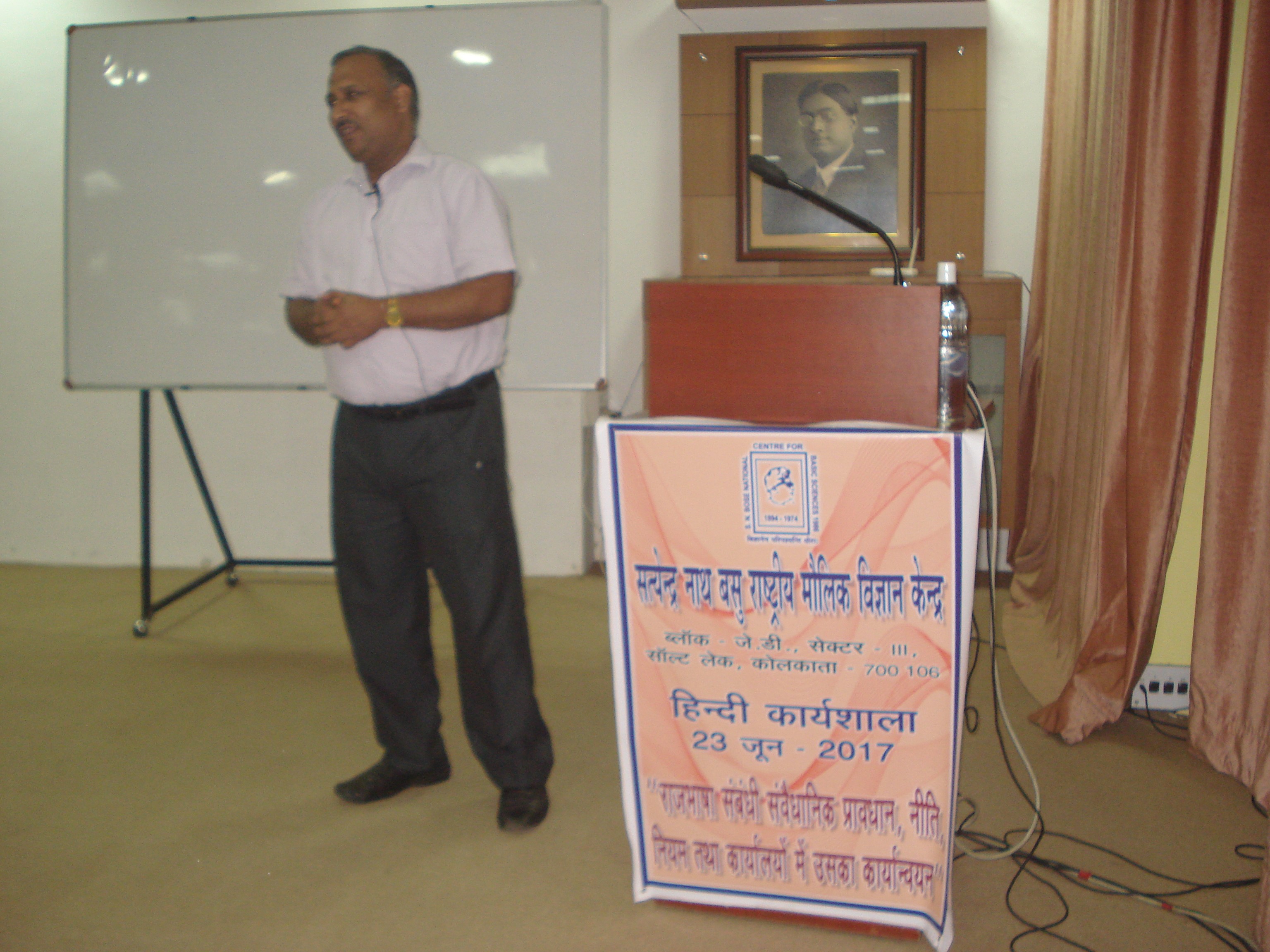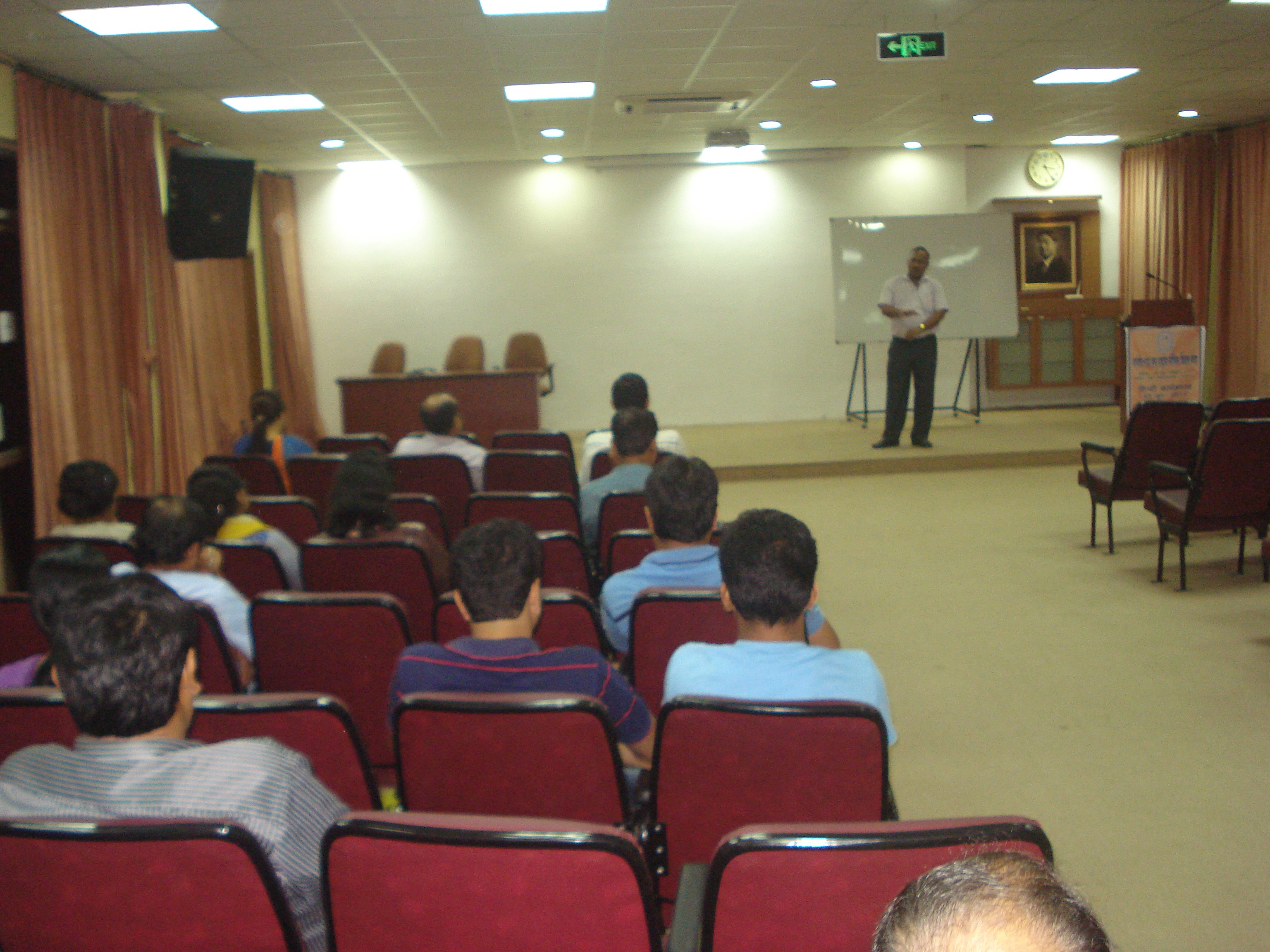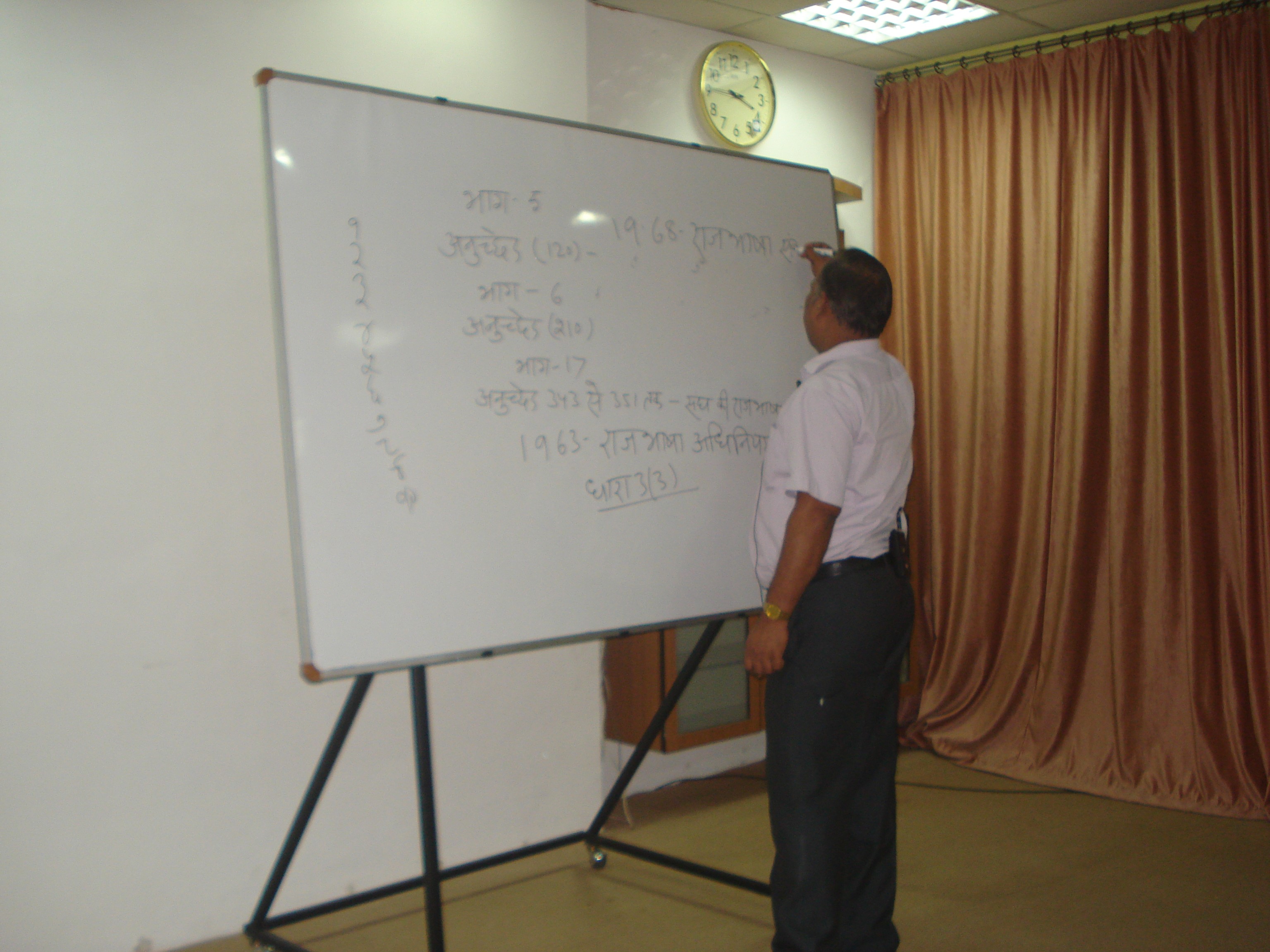Silk protein for making biophotonic devices:
This novel material has the potential to spawn prototype textile-based smart electronic devices for soldiers and biomedical applications. Researchers have synthesized a silk-protein-based hybrid material whose sensitivity to optical signals, makes it potentially useful for making biophotonic devices. It is hybridized by depositing zinc oxide nanorods on a nanocomposite film made of silk protein fibroin and gold nanoparticles. Flexible and stretchable electronic and photonic devices have many optoelectronic and biomedical applications. But silicon-based devices are not mechanically stable and are not suitable for biocompatible implantable devices. Natural silk protein fibroin is one of the most widely used insulating biopolymer material. The presence of gold nanoparticles has made the hybrid material sensitive to both ultraviolet and visible light and this property is exploited to make a photodetector which shows higher sensitivity than one based on zinc-oxide. This hybrid material can store data and can detect light, both in the ultraviolet and visible wavelength range, thereby offering greater sensitivity and scope of detection. Bombyx mori silk worms are the main producers of silk fibroins worldwide in the form of cocoons. These fibroins are attractive due to their high mechanical strength, toughness, thermal stability and biocompatibility/ biodegradability. Moreover, the zinc oxide, under mechanical stress, generates electrical energy. This means these devices can be powered by the energy generated when a soldier is moving around. This is important for crafting self-powered, flexible light detector devices. In remote locations, where power sources are limited, the wearable technology can power up by mere movement of the user. These hybrid-material-based devices fabricated on plastic substrates are found to be flexible, retaining their stability and efficiency even after being bent and stressed at different angles. The work also reveals novel light-induced electrical properties in the silk-based hybrid material, which could be useful for making self-powered photodetector devices.
---5af6a92de12a625af91c43af Samir Kumar Pal
Prof. Sharmila M. Mukhopadhyay [ Professor of Mechanical & Materials Engineering, Director of Center for Nanoscale Multifunctional Materials, Wright State University, Dayton Ohio and Jefferson Science Fellow at Economic Bureau, Commercial and Business Affairs, Intellectual Property Enforcement ] delivered lecture on the topic "Emerging Materials for Next Generation Manufacturing" at S N Bose National Centre for Basic Sciences on 26th May, 2017.
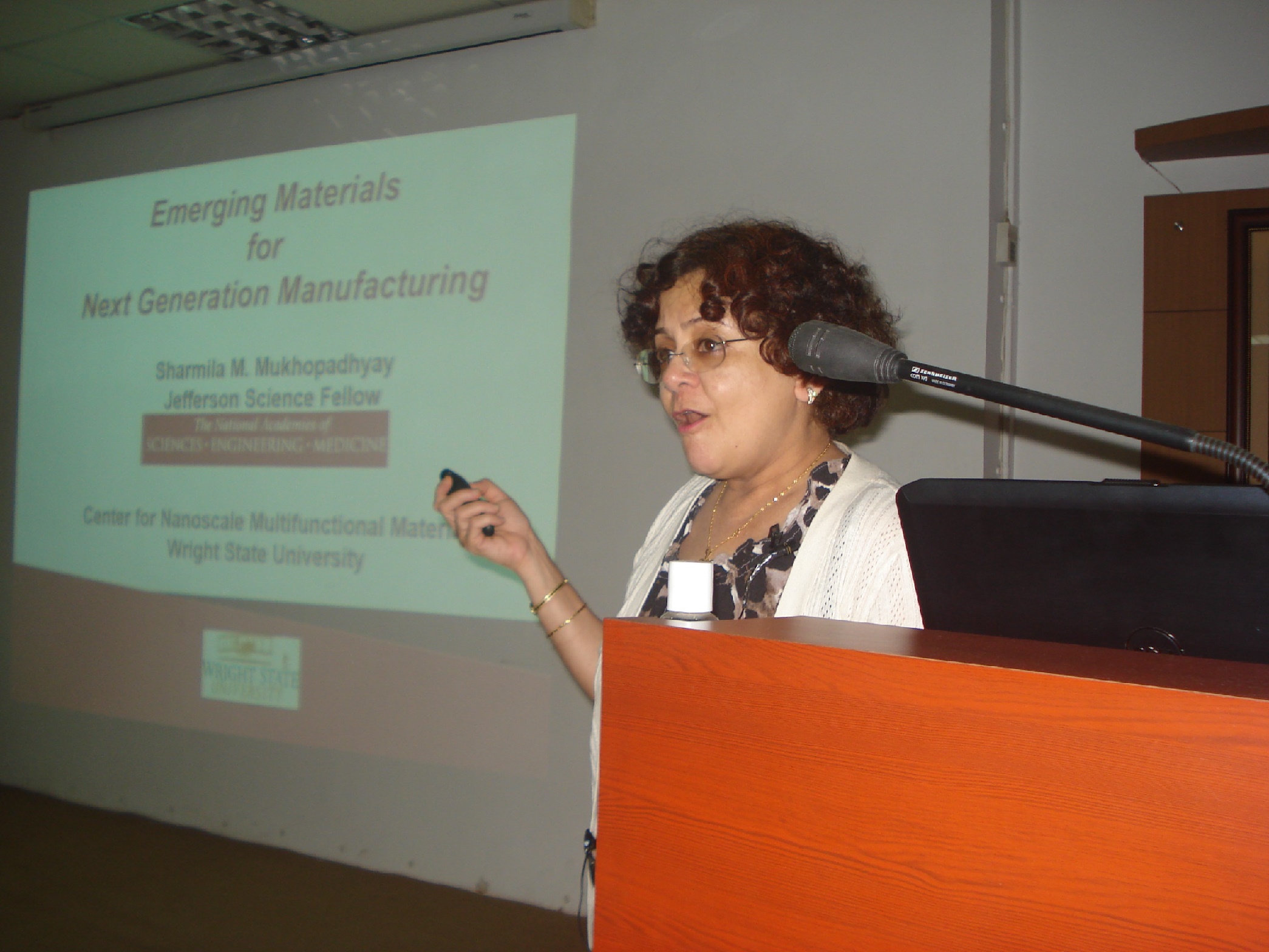
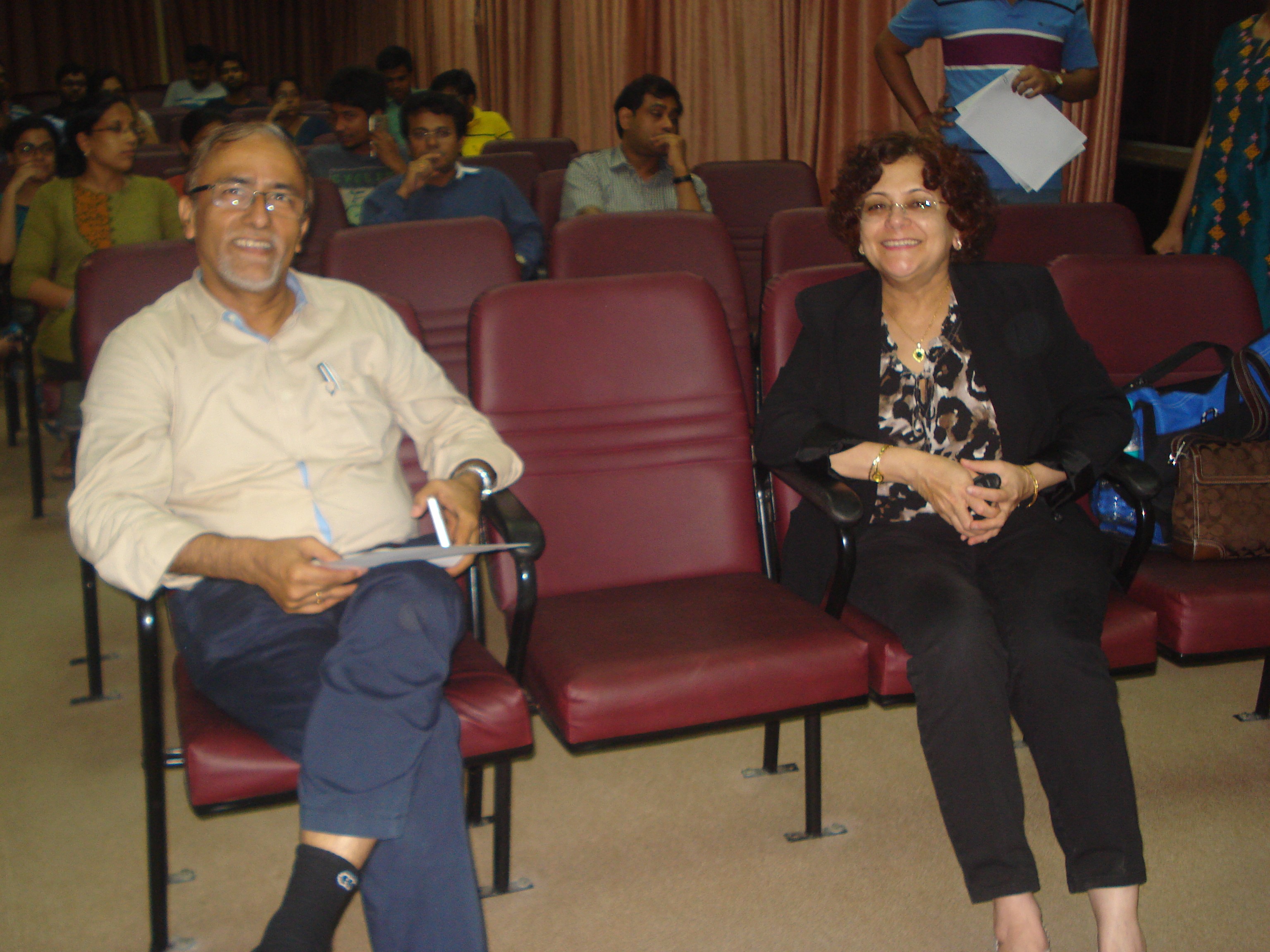
Dr. C. Subramaniam, Department of Chemistry, Indian Institute of Technology Bombay, Powai, Mumbai, delivered lecture on 8th June, 2017, at the Centre on the topic "Thermally-driven nanoparticle assemblies as high-performing surface-enhanced-Raman-scattering substrates".
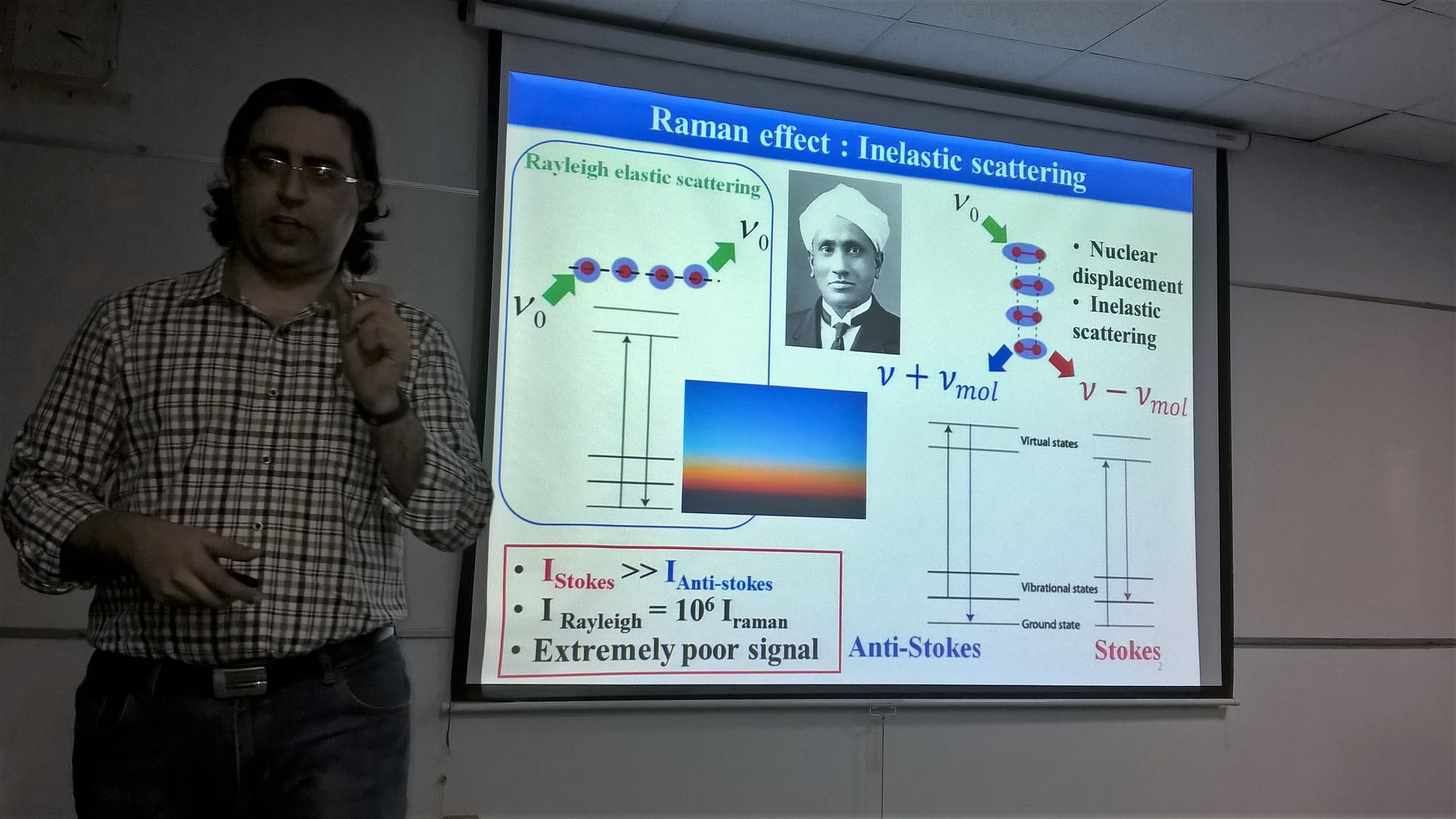
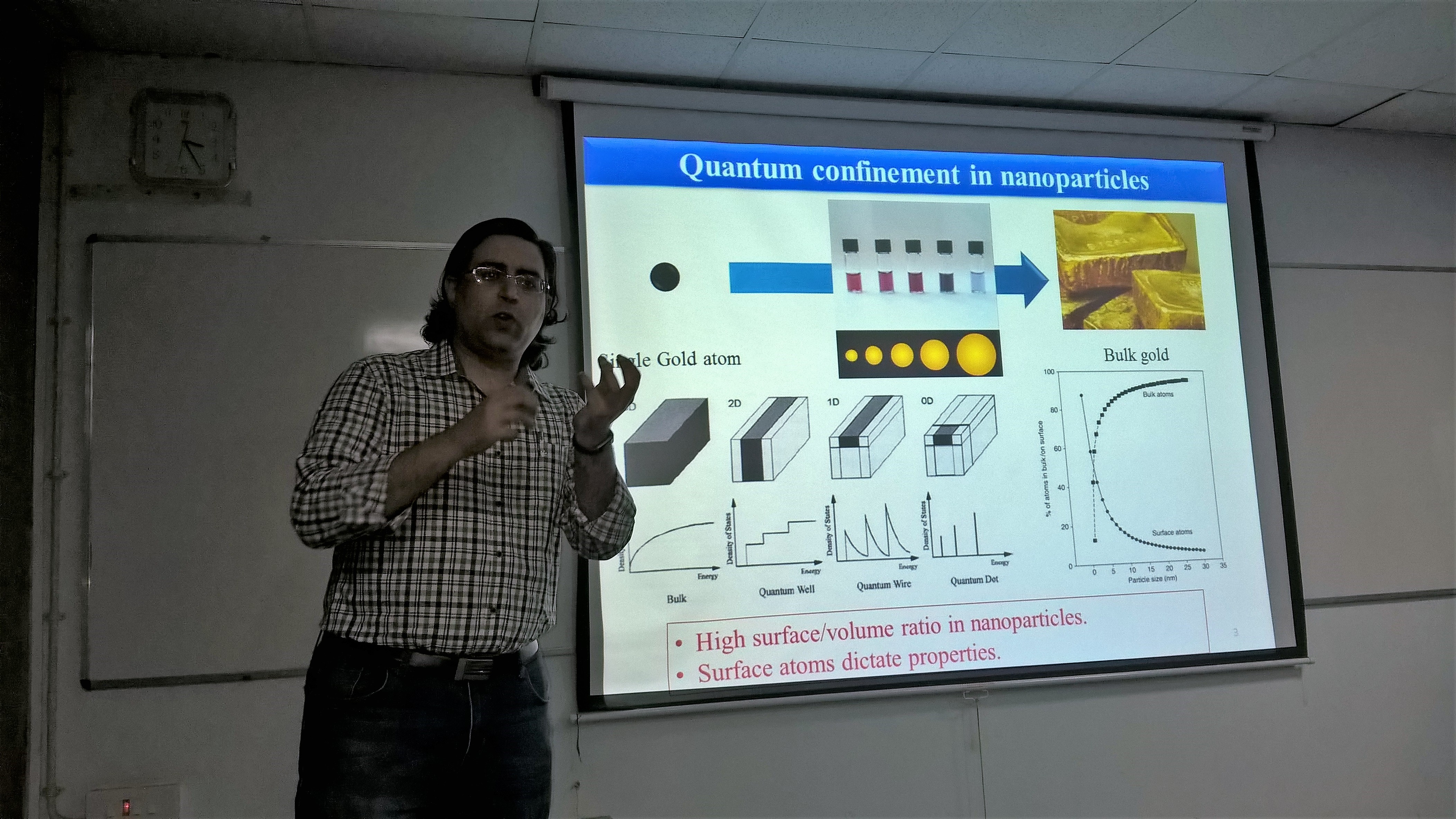
An interactive Yoga session has been organized in the Centre on 21st June, 2017 as a part of International Yoga Day celebration.
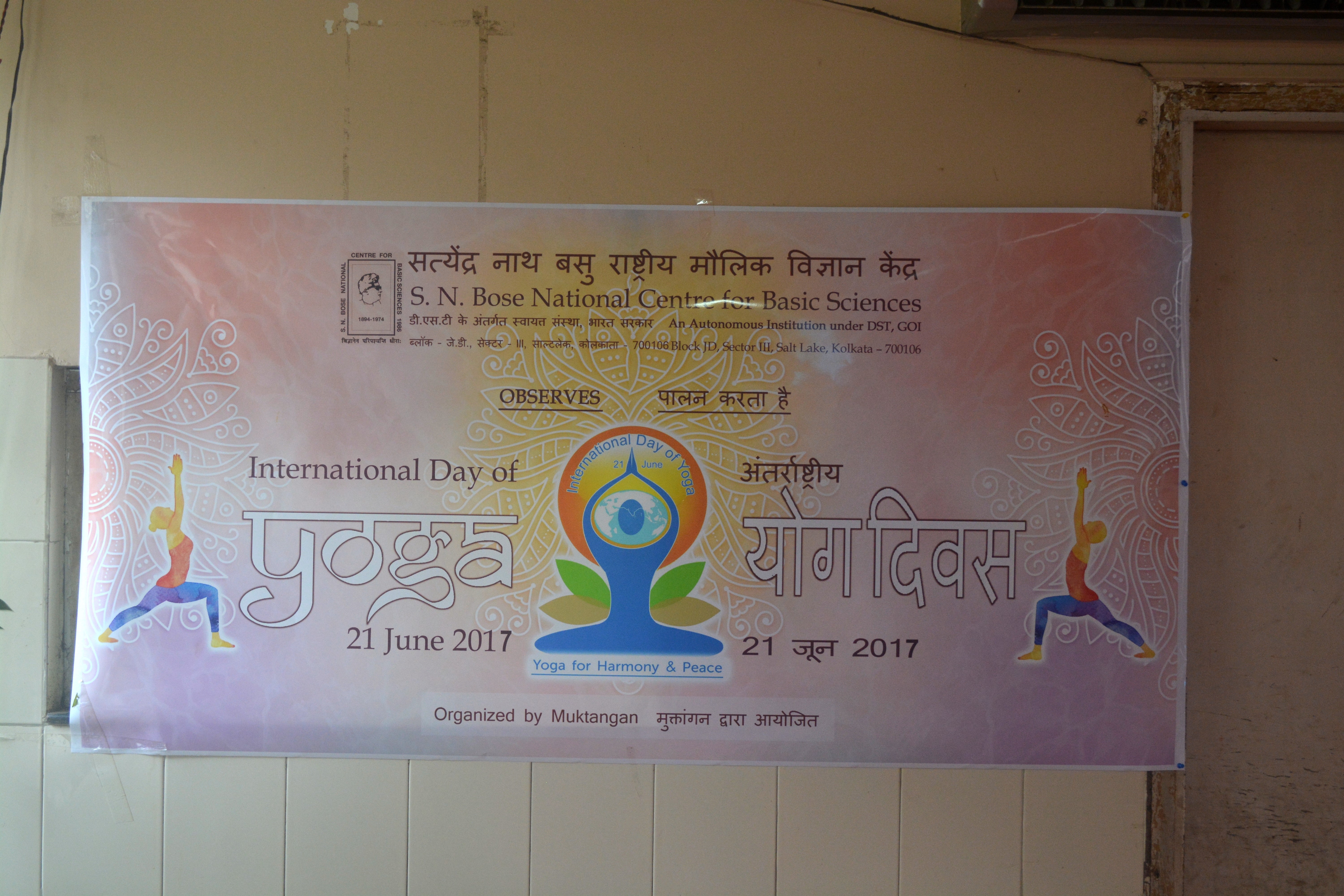
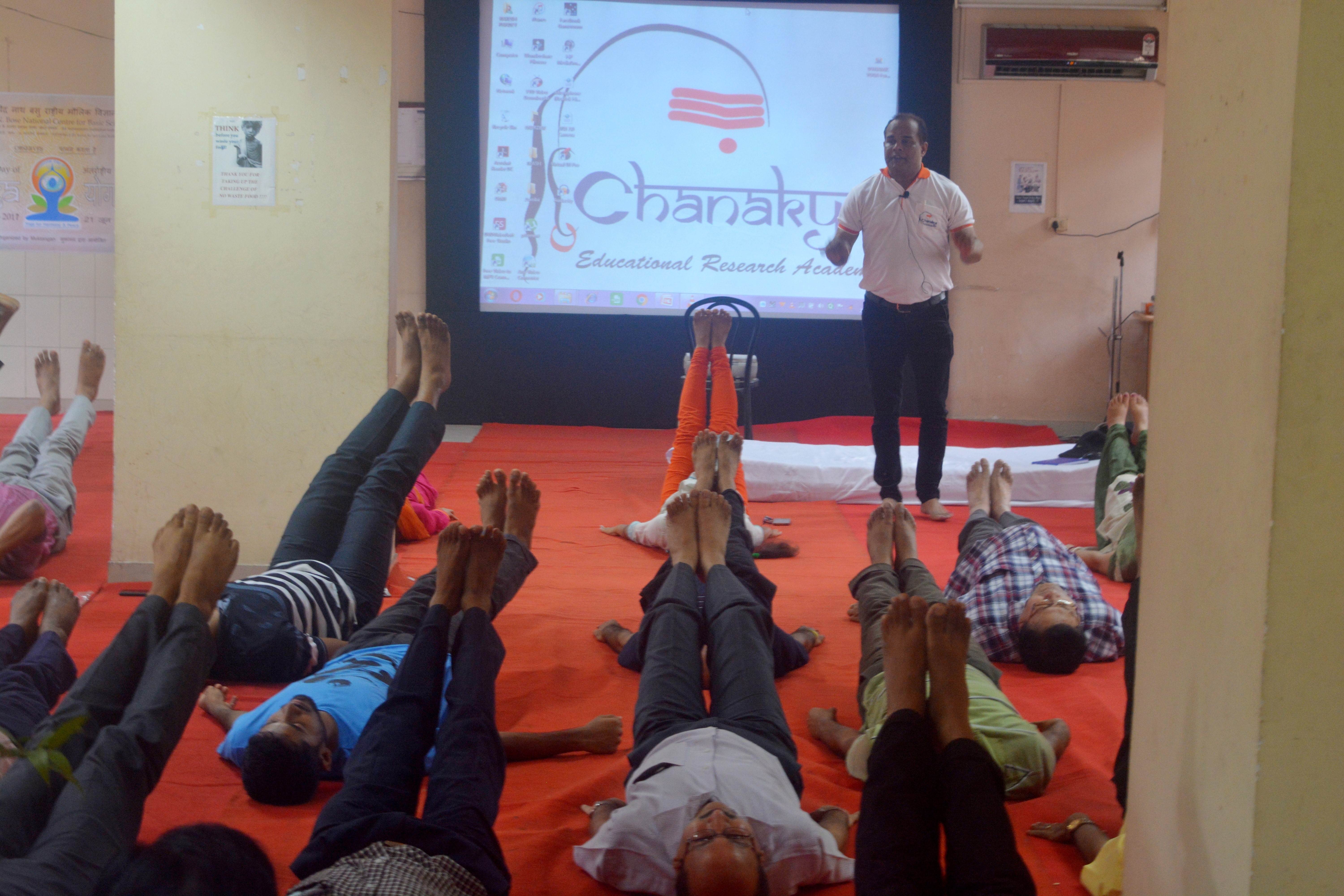
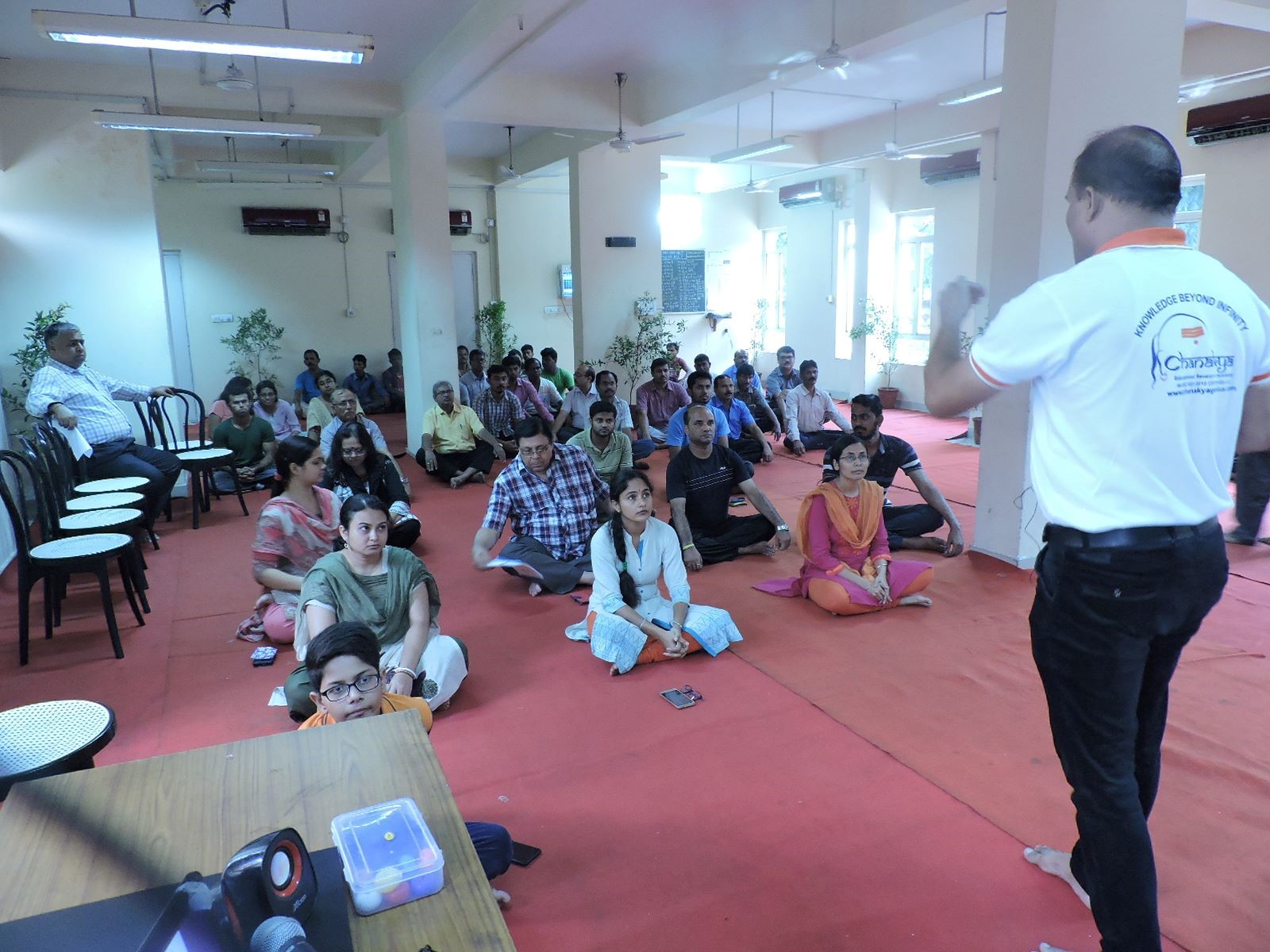
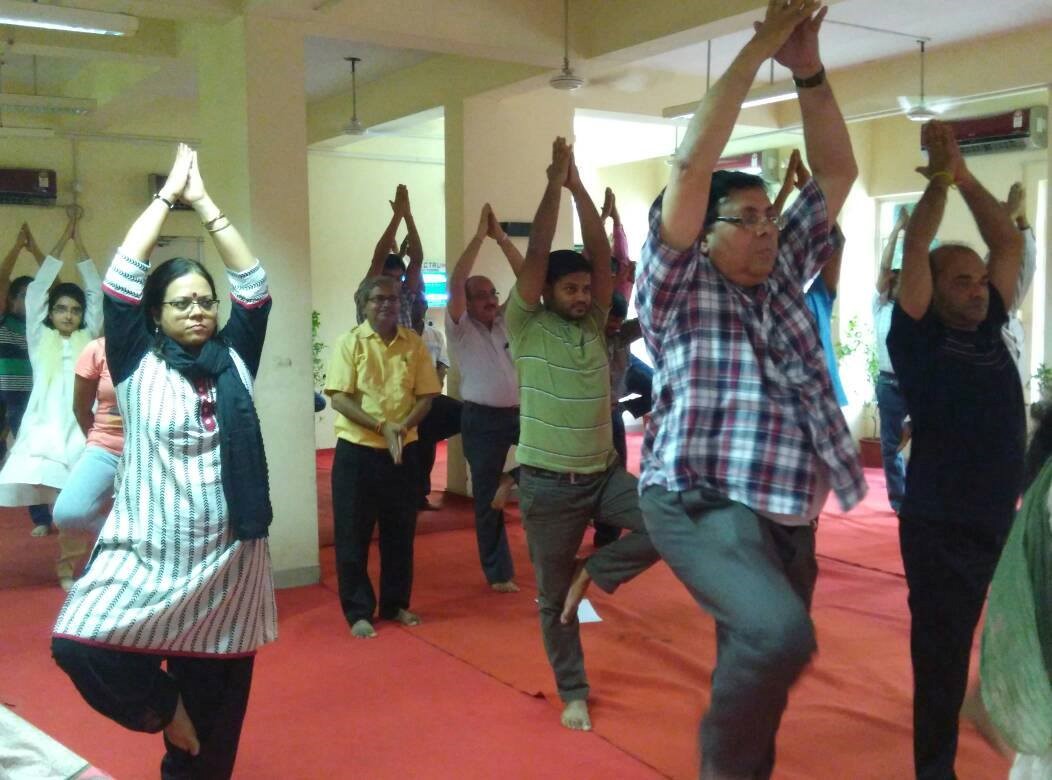
A Hindi Workshop was organised on 23rd June, 2017 at the Centre. The topic of the workshop was "Constitutional Provisions regarding Official Language, Policy, Rule & its Implementation in Offices". The Guest speaker was, Shri Nirmal Dubey, Research Officer (Implementation) & Head, Regional Implementation Office (East Region), Official Language Department, Home Ministry.
